When you’re walking your kindergarten kid to school, it’s hard to imagine a time when they’ll be able to navigate city streets on their own. But eventually, your pre-teen will want some independence – the ability to walk or bike to a friend’s house on a weekend, or to join their classmates from your street as they head to school on their own. How will you know they’re ready to take the big step of heading out on their own? The OSC WalkAlone Program can help!
The When
There’s no hard and fast rule for the age your child should be in order to walk alone. Every family is different and every child is different, so you’ll need to assess your own situation and set your own rules.
However, a good guideline for starting to think about letting your child walk alone is age 10. By then, most children are able to learn and remember the rules of the road and are aware and focused enough to cross safely and respond to dangers.
The What
What does walking alone look like? Again, you can decide what you and your child are comfortable with, based on their maturity, confidence, experience, and ability to remain focused. But for starters, you can consider:
- Walking to school with a friend or two
- Walking alone to a nearby friend’s house in a quiet neighbourhood
- Walking with friends to a park or corner store along streets with sidewalks and crosswalks
For peace of mind – both for yourself and your child – the most important thing is to communicate clearly before their first outing. You’ll want to make sure that they:
- Know how to react and what to say if approached by strangers
- Understand the rules for safe crossing, including where to cross safely and how to make eye contact with drivers before entering the roadway
- Know to stay on sidewalks, or how to walk safely facing traffic on roads with no sidewalk
- Put away their cell phones or music while walking, and remain focused on the road even while chatting with friends
- Dress for visibility, especially at early or late hours
- Always let you or another adult know when they are leaving the house alone and where they are going
Talk it out! The more you set guidelines and discuss potential scenarios with your kids, the more you’ll both be ready for the idea of walking alone.
The How: The WalkAlone Program
Our brand new WalkAlone Program is perfect for preteens who would like to take that next step. It takes them through the whole process of getting ready to walk alone, and makes sure they have thought through potential scenarios and are fully prepared.
It covers essential confidence boosters like:
- Road Safety Rules
- Decision-making scenarios
- Dealing with strangers and staying safe in public areas
- Safe route planning
- Dealing with emergencies
The package challenges preteens to think about why they want to walk alone, how they are going to make it happen safely, and what they’ll do if anything does not go according to plan. It wraps up with a readiness checklist, ensuring that all their bases are covered. They’ll feel prepared – and you’ll feel much more confident about them heading out on their own.
Walking is such a great way for kids to stay healthy and active, and to feel mentally strong and ready for the next phase of life. Get them off on the right foot by talking through our package with them and reassuring them that they’re ready. You can do this – both of you!
Click here to get started with the WalkAlone Program!
Earn your RoadSMARTS
Learn even more about road safety by taking the #RoadSMARTS pledge. By taking the Road SMARTS Pledge, you Support Making All Road Travel Safe, which can help improve road safety for everyone. When road behaviours change, accidents are reduced. For more information and to take the pledge for free, visit https://www.ottawasafetycouncil.ca/road-smarts.
